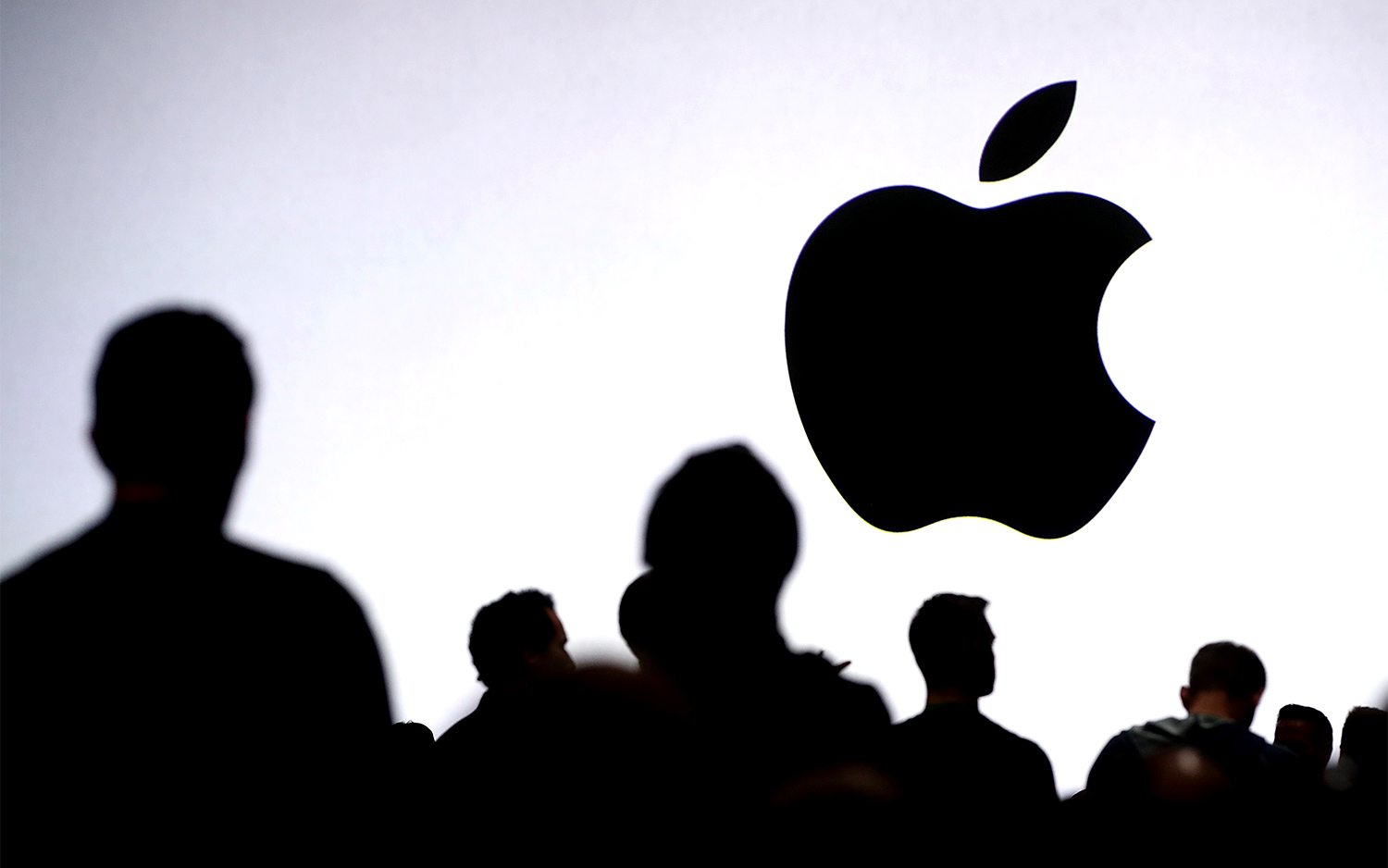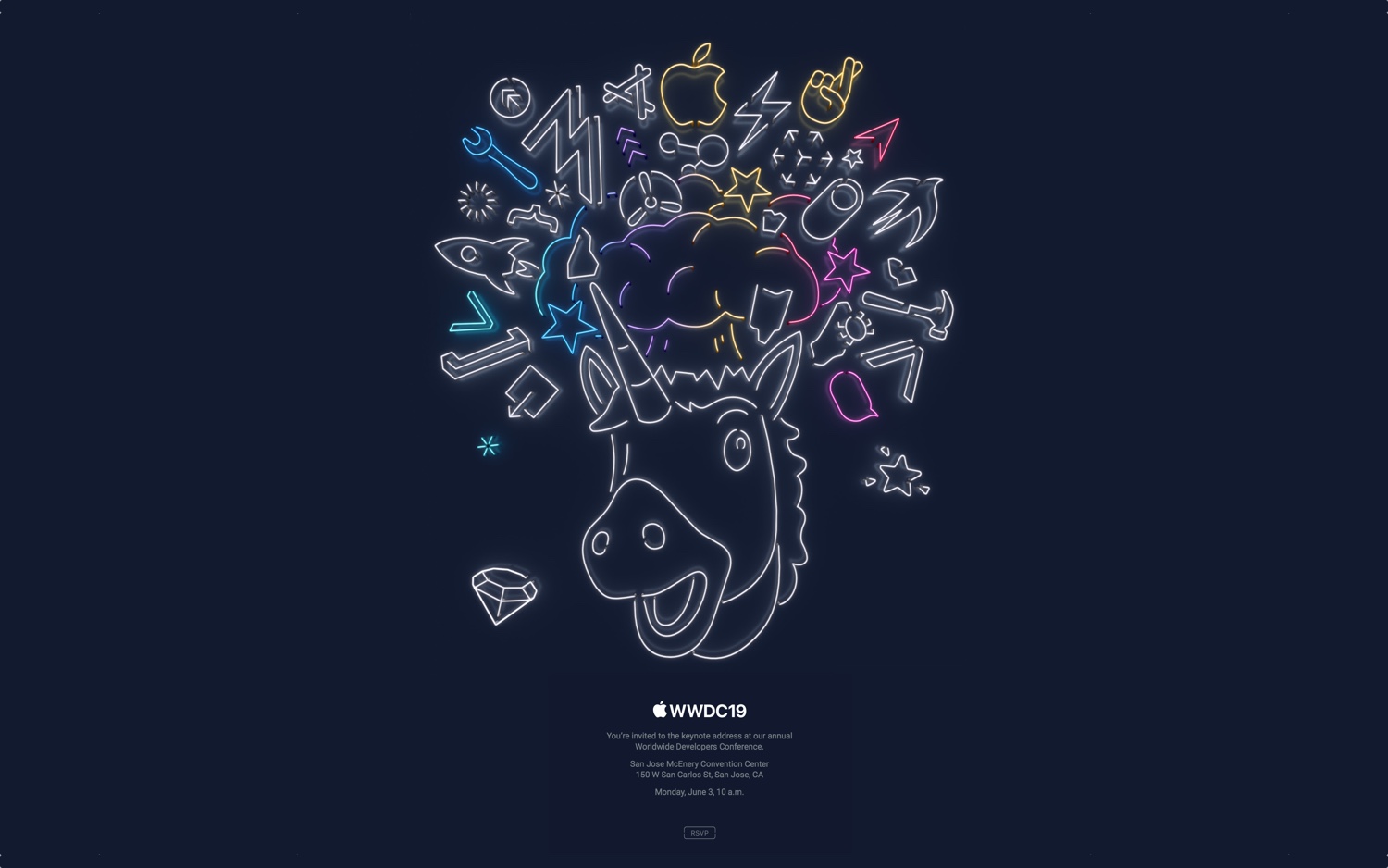WWDC 2019: What Apple's Big Show Means to You
WWDC may be aimed at developers, but if you care about Apple’s products, next week’s conference is still a big deal.
Editors' Note: This WWDC preview, previously posted June 1, 2018, has been updated for the 2019 edition of Apple's developer conference.
You might have heard that Apple is holding a big event soon — its annual Worldwide Developer Conference, or WWDC, in San Jose, Calif. And yes, there will be numerous announcements at a keynote address given on June 3 to open the event. But if you're not an Apple developer (and you probably aren't), what does the event mean for you?

Unlike most Apple events, the WWDC keynote is primarily about software — namely, the operating systems that run all of Apple's devices, from the iPhone and iPad to Apple TV, Apple Watch, and Mac. Every June, Apple previews the next versions of all its operating systems and provides app developers with advance versions. If Apple does its job right, app developers will then spend their summers revising all their apps to add compatibility with Apple's newest features.
MORE: iOS 13 Could Finally Turn iPads Into Real Laptop Replacements
While regular users can sign up for "public beta" releases of iOS and macOS, which usually arrive a few weeks after WWDC, most users won't see these new versions until mid-September, generally right after the event where the company announces its next generation of iPhones. So if you're wondering what your iPhone will look like after the big software update this September, you'll get a pretty clear sense at Monday's keynote.
Apple doesn't always show all of its cards during the WWDC keynote, however. Frequently the company holds back a few software features so it can make the roll-out of the new iPhones later this year bigger. It's possible that a handful of new features, especially ones that don't require buy-in from the developers of third-party apps, will be introduced in September alongside the 2019 round of iPhones. And while those features often require new hardware only available on new phones, users of relatively recent devices (think the iPhone X family) may also benefit from them.
If you're wondering what your iPhone will look like after the big software update this September, you'll get a pretty clear sense at Monday's WWDC keynote.
If you're wondering what your iPhone will look like after the big software update this September, you'll get a pretty clear sense at Monday's WWDC keynote.
Get instant access to breaking news, the hottest reviews, great deals and helpful tips.
WWDC is also important, broadly, because it offers the single best example of where Apple believes its platforms are headed. Last year, Apple declared its concern that its customers have a healthier relationship with their devices, and added Screen Time to iOS as a result. For the last couple of years, Apple has spent a great deal of time on augmented reality, and numerous developers have tried to build that technology into their apps and games.
It's anyone's guess about what Apple's focus will be at this year's event — a lot of energy will probably be put into getting iOS developers excited about bringing their apps to macOS — but given the company's strategy of releasing its operating systems annually in the fall, anything that Apple lists as a priority will probably be reflected in all its product announcements for the next year. That's enough of a reason to pay attention.

Will there be new Apple hardware announced at the event? This is a common question, and the best answer is to say that since software takes center stage at WWDC, hardware announcements are optional. It doesn't mean that Apple hasn't made hardware announcements at WWDC before, but that an entirely hardware-free keynote would not be surprising or unusual. (Apple released new MacBook Pros in late May, so new laptops are likely off the table.)
When in doubt, I always consider the crowd: Unlike any other Apple media event, which is filled with members of the media, VIPs invited by Apple, and Apple employees, the WWDC crowd consists of members of the general public — namely app developers who paid $1,599 for the privilege of going to sessions all week. The WWDC keynote therefore has a tendency to play a little bit more toward that developer audience, all of whom use Macs, most of them high-end models, to develop their apps.
Since Apple has committed to shipping a new Mac Pro in 2019, it's entirely possible we'll get a sneak peek at that device. That's the strategy Apple used when it rolled out the iMac Pro in 2017, unveiling it to a cheering crowd of developers that June and then shipping the product in late December. We could be in for a replay this year.
But really, any Apple product that's close to shipping could find itself on the big stage, if for no other reason than that Apple's unlikely to hold another media event until September, when it reveals the next iPhone at the Steve Jobs Theater on the Apple campus. Sure, Apple can announce new products without holding a big media event, but if you've got the audience, and the products are ready, why not take advantage of it?
Finally, it's worth remembering that when Apple undergoes major product transitions, it needs to keep its developers informed. In the past, Apple has made a Mac processor transition (twice) and switched out the entire Mac operating system — and on each occasion, it gave its developers a long warning period to get their apps ready to make the switch.
Were Apple to move the Mac from Intel processors to Apple-designed ARM processors, WWDC would almost certainly be where that transition was announced. Last year, Apple announced that it would provide a bridge for iOS developers to write apps that can run on the Mac this year, so we'll undoubtedly see that. These transitions can take years to play out, but if they're coming down the road, we may hear about them on June 3.
Regardless, Apple's WWDC keynote is the second most important day on the Apple-watcher's calendar. (Sorry, developers — that iPhone event is far and away No. 1, because of the iPhone's outsized importance on the smartphone industry and on Apple's bottom line, even as Apple puts more effort into its services business.) The keynote sets Apple's agenda for the next year. In many ways, it's the start of Apple's product year. By the afternoon of June 3 we'll have a much better idea about what sort of year it will be.
Jason Snell was lead editor of Macworld for more than a decade and still contributes a weekly column there. He's currently running the Six Colors blog, which covers all of Apple's doings, and he's the creative force behind The Incomparable, a weekly pop culture podcast and network of related shows.
 Club Benefits
Club Benefits





